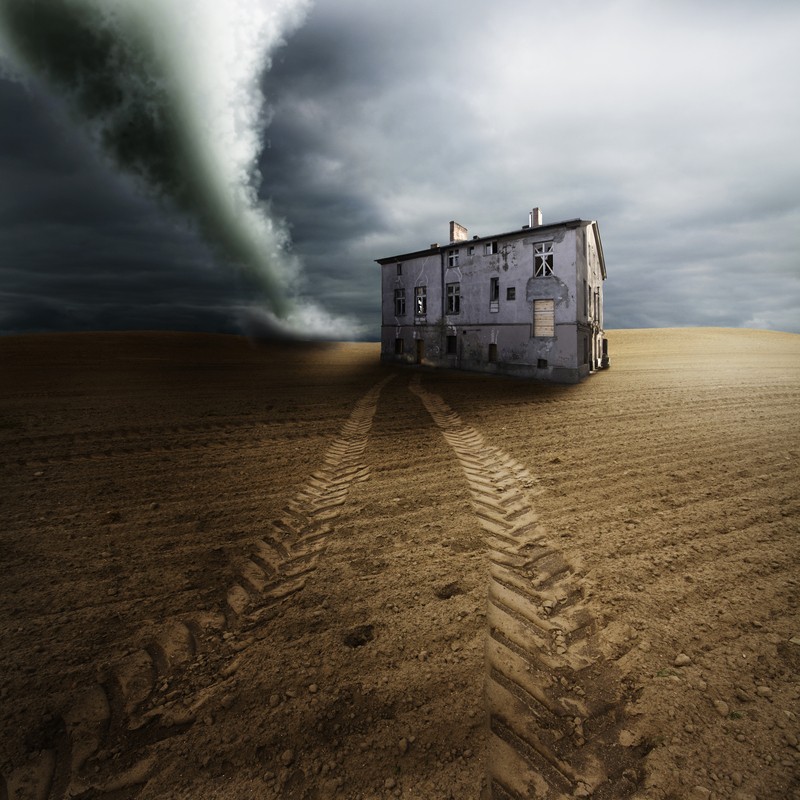Step One: Have a plan
For instance, in areas that face high winds, you’ll want to have a “safe room” or sheltered area in your home where the family can gather. The preferred location is an interior orbasement room with strong overhead support. ICF (Insulated Concrete Form) or concrete safe rooms can be retrofitted into existing homes in basements or at ground level. Avoid windows and open areas. Low ground that will not flood offers better protection.
For flood prone areas, know your evacuation routes and be wary of driving through open water. Flood waters often have very strong currents that can sweep even large vehicles off the road. Also, murky waters may conceal a washed out or otherwise damaged road. DO NOT TRY TO SWIM THROUGH FLOOD WATERS UNLESS YOU HAVE NO OTHER CHOICE.
The idea of having a plan sounds so simple in theory. But often times in an emergency, people can get flustered and common sense goes out the window. Having a well thought out plan can help you be more prepared and ensure your safety in the event disaster strikes.
Head over to the next page to see step 3 regarding emergency essentials!
